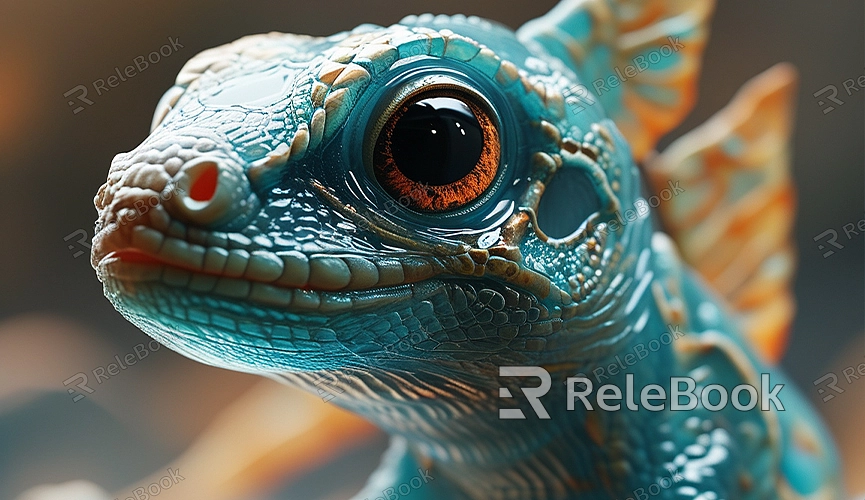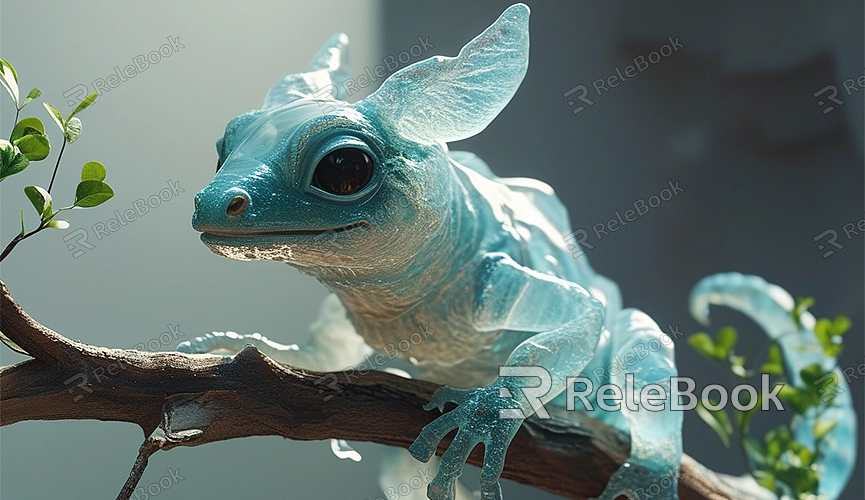How to Make 3D Character Models for Unity
Creating 3D character models in Unity is a crucial step in developing games and virtual reality projects. High-quality 3D character models can significantly enhance your project, making it more engaging and immersive. This article will outline the specific steps on how to create 3D character models in Unity, along with practical tips to improve efficiency and model quality.
Preparation
Choose Modeling Software
The first step in creating 3D character models is choosing suitable modeling software. Common choices include Blender, Maya, and 3ds Max. Blender is a powerful open-source software suitable for both beginners and professionals. Maya and 3ds Max are industry standards widely used in film and game production.

Gather Reference Materials
Before starting modeling, gathering reference materials for character design is essential. Reference materials may include concept art, photos, and other 3D models. Observing these references helps in understanding proportions, structure, and details of the character.
Creating the Base Model
Using Basic Geometry
In modeling software, start by creating the character model from basic geometric shapes. For example, begin with a cube or sphere and gradually add details. Sculpting tools in modeling software make it easier to adjust the shape and proportions of the model.
Adding Details
Once the base model is created, adding details step-by-step is crucial for enhancing model quality. This includes sculpting facial features, adding clothing, and accessories. During this process, maintain a low polygon count to facilitate animation and rendering.

UV Unwrapping and Texture Painting
UV unwrapping is necessary for creating textures on the model. Unwrap the model's surface into a flat plane for painting textures. Software like Substance Painter or Photoshop can be used for texture painting, ensuring seamless and realistic textures.
Rigging and Animation
Creating Skeleton
Rigging is a crucial step that allows the character model to move and animate. Create a skeleton structure in the modeling software and bind it to the character model. Ensure the skeleton structure covers major joints and parts of the character.
Weight Painting
Weight painting associates vertices of the model with bones, allowing the model to deform correctly when bones move. Adjusting weights in the modeling software ensures smooth and natural deformations.
Creating Animations
Animating the character is essential for bringing it to life. Use animation tools in the modeling software or create animations using an animation controller in Unity. Common animations include walking, running, and attacking.
Importing into Unity
Exporting the Model
In the modeling software, export the completed character model in FBX or OBJ format. These formats are compatible with Unity, making it easy to import and use. When exporting, ensure all necessary textures and animation files are included.
Importing into Unity
In Unity, import the exported model file into your project. Unity automatically recognizes textures and animations within the model and applies them. Further adjust the model's materials and animations in Unity to ensure optimal display in the game.
Setting Materials and Lighting
In Unity, you can set materials and lighting effects for the character model. Using high-quality materials and lighting enhances the visual appeal of the character, making it more realistic.
By following these steps, you can create high-quality 3D character models in Unity. From choosing modeling software, creating base models, adding details, rigging, and animating, to finally importing into Unity and setting materials and lighting, each step is crucial. This article aims to help you master the basics of creating 3D character models and create more compelling works.

